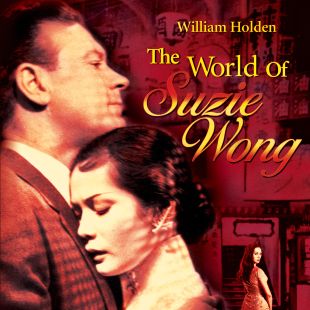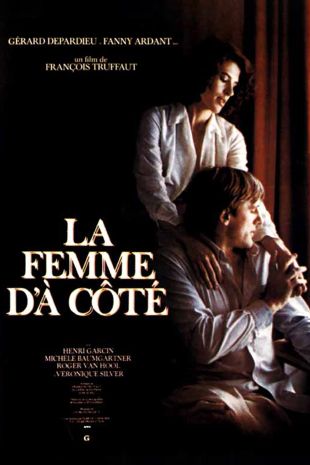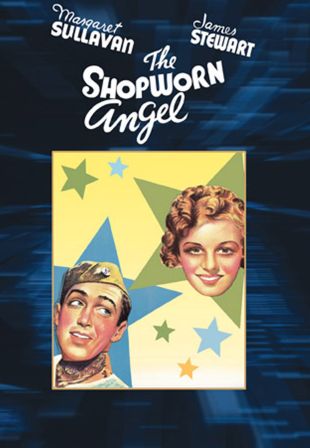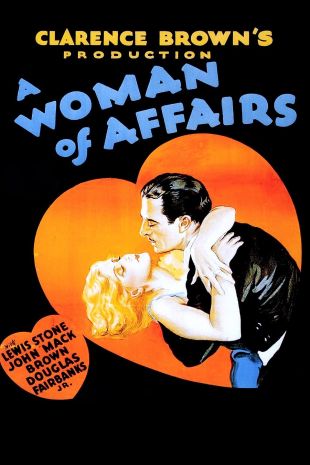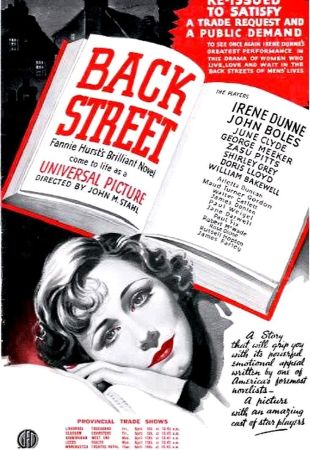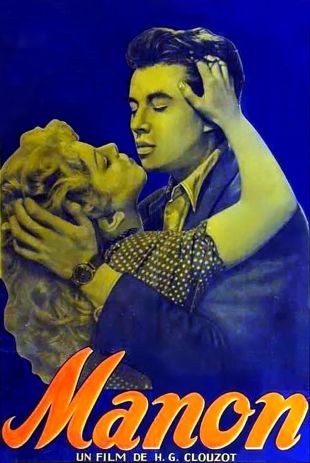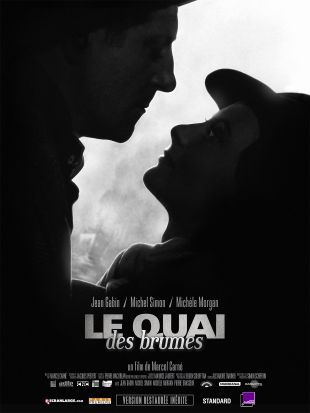
A Woman of Paris (1923)
Directed by Charlie Chaplin
Genres - Drama, Romance, Culture & Society, Family & Personal Relationships |
Sub-Genres - Melodrama, Romantic Drama |
Release Date - Sep 26, 1923 (USA - Unknown), Oct 1, 1923 (USA) |
Run Time - 81 min. |
Countries - United Kingdom, United States |
MPAA Rating - NR
Share on
Synopsis by Phil Posner
Charles Chaplin's first, long-awaited, independent production for United Artists begins with an only partially true caveat from its creator: "To The Public -- In order to avoid any misunderstanding, I wish to announce that I do not appear in this picture. It is the first serious drama written and directed by myself. Charles Chaplin," -- Chaplin does appear in a walk-on as a train-station porter. It is indeed a serious drama but it is much more than that. It is a film that set new standards in silent dramatic acting and directing. It influenced other filmmakers so deeply that many of its innovations seem outdated only because of their constant imitation in films by others. It is a study in the psychology of the vagaries of love.
Marie St. Clair (Edna Purviance), a simple girl living in a small French town, plans to elope with her lover, artist Jean Millet (Carl Miller), even though her suspicious stepfather attempts to stop her. Jean brings her to his home, but they are also scorned by his father. Jean and Marie resolve to leave for Paris that night. They go to the railroad station, where Jean leaves Marie with money for tickets, while he returns home to pack. A final parting with his parents brings on a fatal stroke to his father, and when Marie calls to find out why he's late, Jean tells her that he must stay. Taking this as a rejection, Marie boards the train by herself.
A year later in Paris, Marie is a kept woman, and her keeper is Pierre Revel (Adolphe Menjou), the richest bachelor in town and one of the slimiest. When a magazine article announces Pierre's engagement to an equally wealthy woman, Marie tries to react coolly, but her body language shows she is clearly upset. Later, Marie confronts him about the engagement and is told that it will make no difference in their relationship, that "we can go on just the same," but Marie refuses to go out with Pierre. Later, she is invited to a wild party in the bohemian Latin Quarter, and she gets the address wrong, accidentally arriving at the studio where Jean and his mother now live. The two are glad to see each other, but the passage of time has made them formal and they conceal their real emotions. Observing their penurious condition, Marie hires Jean to paint her portrait.
As the days pass and the portrait nears completion, Jean again falls in love with Marie, but when he professes his love, Marie is noncommittal. She confronts Pierre with her desire for marriage and children, and he chides her, pointing to her pearl necklace as evidence of her happiness. Pierre in turn confronts her about the artist and she admits that she loves and will marry him, news that he takes coolly and dubiously, telling her that he'll see her for dinner the next evening. In the artists garret, Jean and his mother argue about Marie, and, browbeaten by his disapproving mother, he finally declares that he has reconsidered his proposal. He is overheard by Marie, and she coolly confirms that the proposal was a mistake. Later as he sets out to stalk Marie in hopes of re-establishing their relationship, the desperate Jean is seen loading a revolver. At the fancy restaurant where Pierre and Marie dine that night, Jean confronts the couple.
Characteristics
Moods
Keywords
artist, elopement, family-disapproval, painting, portrait, love, romance, country-girl, necklace, reunion, extramarital-affair

